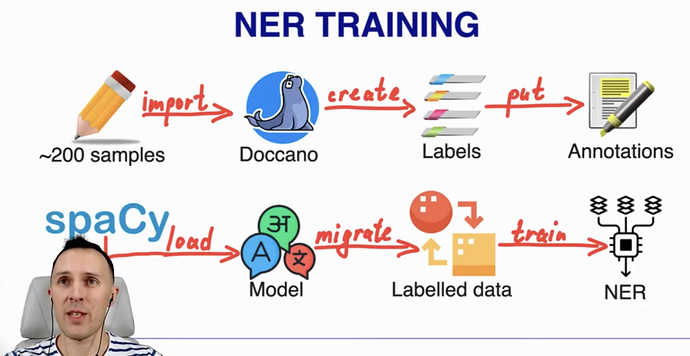The Yeti is OK if using win / mac but a lot of the goodies and software are missing on linux.
There are a whole rake of Matrix like microphones that have these arrays that are a whole duplication of worthless ness unless you move up to the higher price USB built DSP models.
One of the biggest problems is noise and array microphone such as respeaker with no beaming algs are just that duplicate omnidirectional mics so noise from all angles is treated equally.
Unidirectional have various polar patterns cardioid / suoer cardioid and its all about how much they reject from the rear and sides.
If you have no algs to create a polar pattern then get a mic with a polar pattern as without they are highly susceptible to noise.
Even mics and packages that come with AEC only cancel what is being played through that capture card / mic.
Budget no DIY prob a cheap soundcard & shotgun mic for pc/camera/phone and on Linux it will be better than your Yeti as the mic has a polar pattern and doesn’t need linux software that doesn’t exist.
Budget and a bit of DIY solder a jumper wire to an unidirectional electret to a couple of $ mic preamp module and a soundcard.
There are some really good mics out there that can hear a mouse fart in Africa from your front room but add noise of HiFi and TV and the voice AI recognition goes to hell.
There is the likes of the BOYA BY-MM1+ & BOYA BY-MM1 which is you do some shopping around there are some very similar China imports with same specs for just over $10 and those if all fails can be used with camera / phone or as a desktop broadcast mic as there ‘shotgun’ nature projects forward and rejects noise from side and rear.
BOYA BY-MM1 is cardioid & BOYA BY-MM1+ is super cardioid which is a polar pattern that just rejects more from side and rear.
Sensitivity isn’t really a matter but -36Db is good but -46Db is equal as your likely to need some form of AGC as sound quickly diminishes through distance and you can only set a mic gain so high that it doesn’t clip @ near where without AGC far the audio amplitude will be very poor.
I am hoping rhasspy will support multiple KWS and use the best KW hit as 2x unidirectional mics can point out at an angle and give both a polar noise rejection and wide area coverage but the only advantage is via placement so that depending where you are noise=rear & voice=front and is just incremental improvement over a single mic.
The commcerail products such as Google Home & Alexa have a clear advantage as the hardware is fixed and if we could hear what they receive we would prob think they are pretty crappy but they do enough to attenuate noise and beamform enough that custom models are made specifically for the hardware platform and the hardware profile is in the model so it works more accurately than many of us can achieve.
I just recorded some samples to highlight the catch-22 of a good microphone and even a cheap sound-card and a basic mic can get reasonable results.
Here though is the UK and behind me is a quite noisy fan heater that if I want far field and to use AGC the AGC will ramp up and play that noise.
I can use basic speex noise-reduction and AGC but that gives artefacts as it is noise-reduction and not removal.
So near=.3m with agc on and NS on
https://drive.google.com/open?id=1zvetgGR7ftyJoHV41fk80gRXLLkXKorI
Turn off NS
https://drive.google.com/open?id=1XYsOqSpHi-9B2HqAxT4IXWIlZmVZZKtM
Far with AGC
https://drive.google.com/open?id=1p2_9BYih4oC905aziNHn7vlh5gURAGVX
Far without AGC
https://drive.google.com/open?id=17TX6bfxVNNWxTRgFyysuf8LSTiUejnSr
The catch-22 for the likes of Amazon & Google is that they could training models for specific hardware setups and even though that may sound bad for recognition they provide perfectly good results.
Rhasspy has all sorts of hardware attached as its open to choice so its models are recorded relatively clean.
The only way to have the magic to do all and create relatively clean voice takes much more hardware than Google or Amazon need as RTX Voice on a high end GPU could provide clean voice against all manners of noise without a hint or at least minimal artefacts.
Prob if we all used the same, we all used Speex then the models could be recorded so and the best Mic would be the one the models where recorded with and algs of use.
Likely a really cheap and simple setup could give excellent results as the models are all recorded with those hardware profiles.
But from hardware to software and models included in that software is all different and mainly expects clean noise free which if you have RTX cash then its quite possible.
At a lower $100 scale the DSP mics are great for far field and beamform but with the introduction of noise it all goes to pot.
So its any mic is a good mic or no mic unless your going to splash the cash on some high end GPU based RTX voice like function depending on what you deem fit for purpose.
There is a lot of stuff with arrays and pixel rings that really is no advantage over any cheap mic as we don’t fixed hardware or the software algs that the big guys have.
